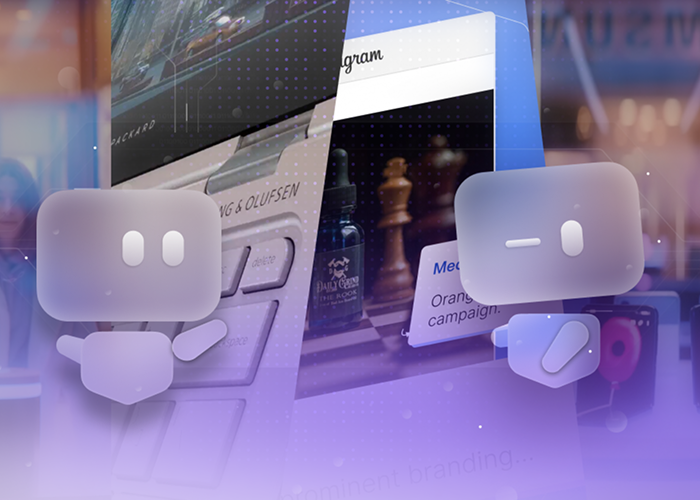In the fast-evolving landscape of brand communication, the battle for consumer attention is fierce. For decades, traditional marketing—think billboards, direct mail, and generic TV ads—ruled the roost. Today, however, a new, highly effective contender has emerged: personalized video marketing.
For digital marketers, business professionals, and content creators alike, the central question is no longer if marketing should be digital, but how deeply it should connect. This blog delves into the head-to-head comparison between these two approaches to determine which truly offers the highest return on investment in the modern age.
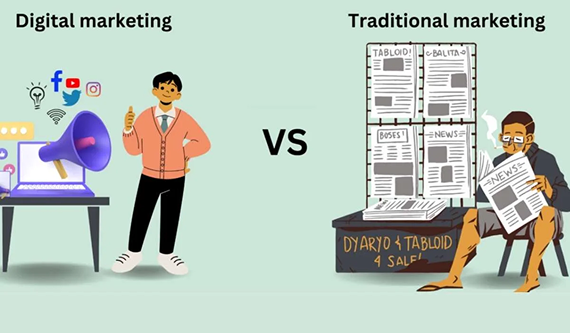
The Power of Personalization in Marketing
At its heart, marketing effectiveness is built on resonance. In an era of content overload, consumers have learned to tune out generic messages. This is where personalized video steps in, transforming a broadcast into a conversation.
Personalization is more than just inserting a customer’s name.
It’s about using available data—purchase history, location, browsing behavior, or membership status—to create content that feels uniquely relevant to the individual viewer.
When a video opens with a greeting using the customer’s name, or features products they actually bought or browsed, the psychological impact is profound. This approach fosters:
- Higher Viewer Engagement: Personalized content breaks through the noise because it feels essential and directed, immediately capturing attention where a generic ad is easily ignored.
- Increased Relevance: The message isn’t a shot in the dark; it’s tailored to the viewer’s context, making the information—be it a product recommendation or a service update—far more valuable.
- Emotional Connection: Receiving a bespoke message makes the customer feel valued and seen by the brand, laying the groundwork for lasting loyalty.
The shift toward personalized video is driven by a simple truth: consumers prefer experiences over advertisements, and nothing feels more like a personalized experience than a video made just for them.
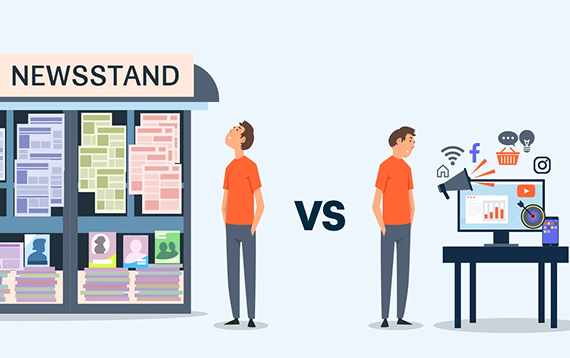
The Advantages of Personalized Video Marketing
Personalized video isn’t just a trend; it’s a measurable performance driver. Its data-driven nature gives it distinct advantages over mass-market communication.
Driving Business Results
The personalization benefits of video marketing translate directly into superior business outcomes:
- Increased Conversions: Studies consistently show that personalized calls-to-action (CTAs) perform better. A personalized explainer video that addresses a customer’s specific stage in the sales funnel can dramatically increase the likelihood of them completing a purchase or signing up.
- Enhanced Customer Engagement: Personalized videos see significantly higher click-through rates (CTRs) and completion rates compared to standard videos. When a customer receives a personalized “Year in Review” video, for example, they are highly likely to watch the entire thing and share it.
- Stronger Brand Loyalty: Personalized communications foster a sense of individual care. This sense of attention helps build deep brand loyalty by moving the customer relationship beyond transactional interactions.
- Data-Driven Marketing: Personalized video platforms rely entirely on customer data to render each unique video. This process itself reinforces a data-driven marketing culture, providing rich insights into which specific personalization variables (location, product name, offer) lead to the best results.
Versatility in Use Cases
Personalized video marketing is highly versatile, proving effective across the entire customer lifecycle, including:
- Onboarding: Welcoming new users with a video that references their initial setup or product choice.
- Loyalty & Retention: Sending annual summaries or milestone celebrations that feature the customer’s usage data.
- Customer Service: Explaining complex billing or usage statements in a personalized, easy-to-understand format.
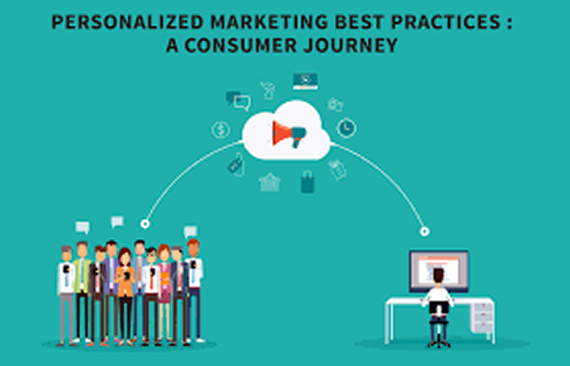
Challenges of Traditional Marketing in the Digital Age
While traditional marketing methods still have a place—particularly for broad, top-of-funnel brand awareness—they face significant and growing challenges of traditional marketing in the digital age.
Declining Engagement and Rising Costs
Traditional methods struggle primarily with relevance and measurability:
- Low Engagement: A billboard or a newspaper ad is static and interrupts the consumer’s day with a generic message. The lack of personalization leads to general fatigue and low engagement, as consumers increasingly use ad blockers and subscription services to avoid interruption.
- Inaccurate Targeting: Traditional media often relies on broad demographic assumptions (e.g., placing an ad in a magazine read by a target age group). This is inefficient compared to digital targeting, where specific user behavior and intent can be leveraged.
- Measurement Difficulty: Calculating the exact return on investment (ROI) for a TV commercial or a flyer distribution is notoriously difficult. Marketers struggle to directly attribute sales to a specific traditional campaign element.
- Changing Consumer Behavior: Modern consumers—especially younger demographics—spend most of their time on digital platforms. They prefer two-way communication and expect brands to acknowledge their individual needs, making traditional, one-way messaging feel outdated.
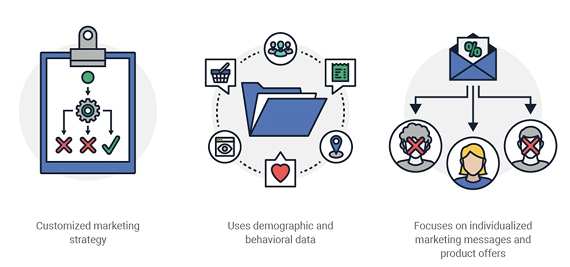
The Verdict: Personalized Video Wins the Day
While traditional marketing serves an irreplaceable function in building broad, generalized brand awareness, when it comes to the metrics that matter most in the digital age—conversions, customer engagement, and measurable ROI—personalized video marketing emerges as the clear winner.
Personalized video leverages modern marketing trends by placing the customer at the absolute center of the content experience. It transforms anonymous viewer data into a warm, relevant, and highly effective communication tool.
The future of marketing isn’t just digital; it’s deeply, measurably, and strategically personal. Brands that embrace the power of personalized video are the ones that will build the strongest connections and secure the highest loyalty in the competitive years ahead.
Are you ready to stop broadcasting and start communicating personally with your customers?
Conclusion
The debate between personalized video and traditional marketing is ultimately settled by the consumer’s expectations. In today’s market, effectiveness is defined by relevance, and personalized video delivers relevance with surgical precision.
Traditional methods are increasingly hitting a wall of consumer fatigue and unmeasurable expense. Conversely, personalized video utilizes data—the most valuable asset of the digital age—to create unique, impactful moments that drive action and foster genuine brand loyalty.
For any business aiming to cut through the digital noise and achieve superior conversion rates, the path is clear: transition from mass communication to tailored interaction. Personalized video is not just an advantage; it’s the future standard of customer communication.
